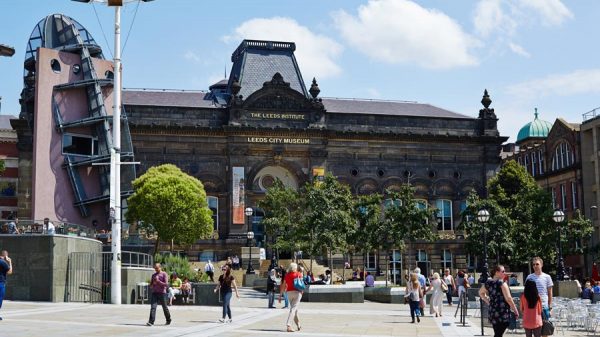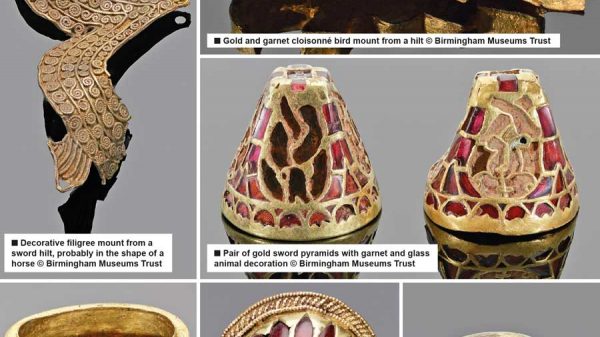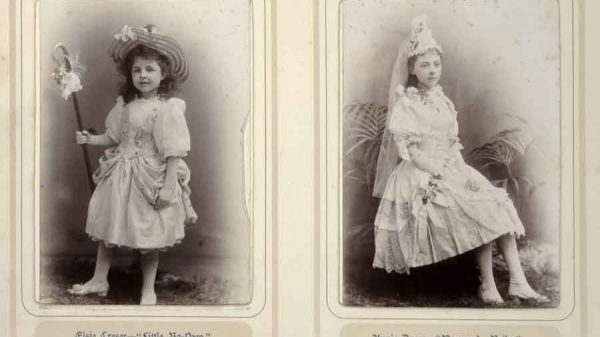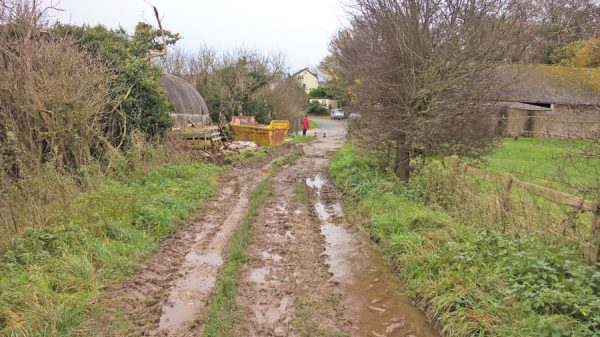Conisbrough Castle, in Doncaster was built mostly in the 12th century as we see it today. Upon approach, the central tower is striking, rising up above the tree-covered hill and the ruins of the inner bailey wall.
In the 11th Century, the land on which Conisbrough stands was given to William de Warenne by William the Conqueror. Isabel de Warenne eventually inherited the castle from her great-great grandfather in the mid-12th century and married Hamelin of Anjou, Henry II’s illegitimate half-brother. It is thought that Hamelin is the one responsible for having the great tower built in the 1170’s or 80’s as a statement of his royal connections and power. Conisbrough remained in the hands of the de Warennes until the last earl John died in 1347. The castle then passed to Edmund of Langley – the son of King Edward II, and his house of York descendants.
In 1415 Richard of Conisbrough along with Sir Thomas Grey and Lord Scrope of Masham conspired to murder King Henry V and replace him with Richard’s brother in law Edmund Mortimer. News of this treason somehow reached the king and Richard was found guilty and executed. In the same year, his brother Edward Duke of York died at the Battle of Agincourt, probably from a heart attack. Conisbrough was then inherited by Richard’s infant son, also named Richard, who was made Duke of York after his uncle and became the richest land owner in the country. Descended directly from two of Edward III’s sons, he had a better claim to the throne than the king.
Later, Richard was attainted and his estates seized in 1460. Conisbrough held out due to Richard’s supporter Edmund Talbot who oversaw its defence, until the Duke of York died at Wakefield. Three months later, after the Battle of Towton, Conisbrough became crown property held by Richard’s son Edward IV. The last recorded repairs to the castle were in 1482 by Richard’s youngest son King Richard III. Not long after that it seems to have been abandoned.
In the 18th and 19th centuries the castle became a tourist attraction and was also the inspiration for the famous novel Ivanhoe written by Sir Walter Scott.
The castle is well worth a visit and there is much to see. Also, just up the hill is the church of Saint Peter. From the outside it looks like any other medieval church but inside is full of old architecture and treasures. It is one of the oldest in the country and is thought to have been one of 12 minsters which King Oswy of Northumbria founded to celebrate his victory over King Penda whom he defeated at the Battle of Whinmoor in 655AD. The church has pretty much something from every time period since, so you need to take your time, pay attention to detail and explore respectfully. In the North Chapel there is an amazing 13th century altar that is supposed to have come from the castle chapel. Also inside are two early grave covers, one is Saxon and one Norman. The Norman one shows a knight battling a dragon which may represent St George. The Saxon one is mainly decorated with birds. Both are fantastic and incredibly detailed.
If you visit Conisbrough Castle I highly recommend the short walk up the hill to explore St Peter’s too.







